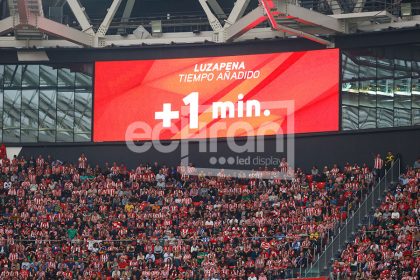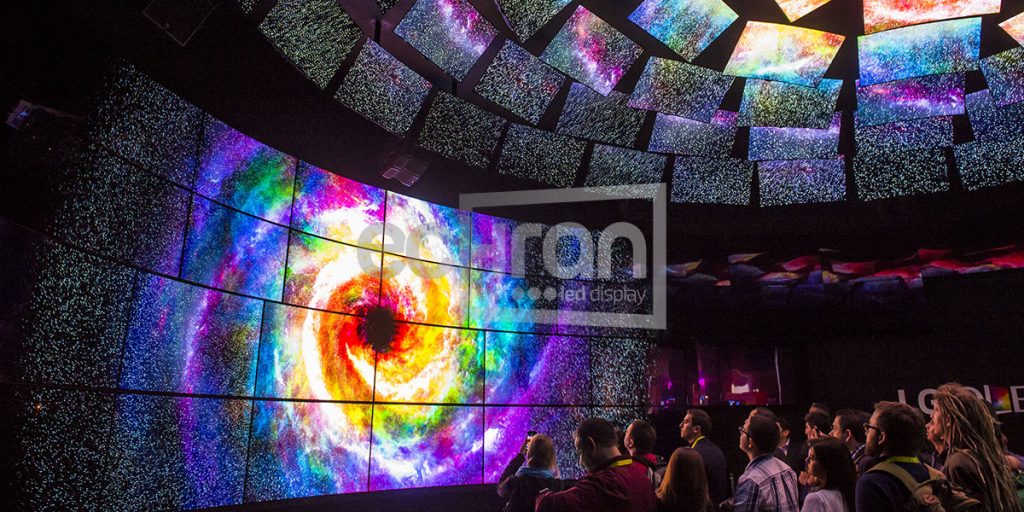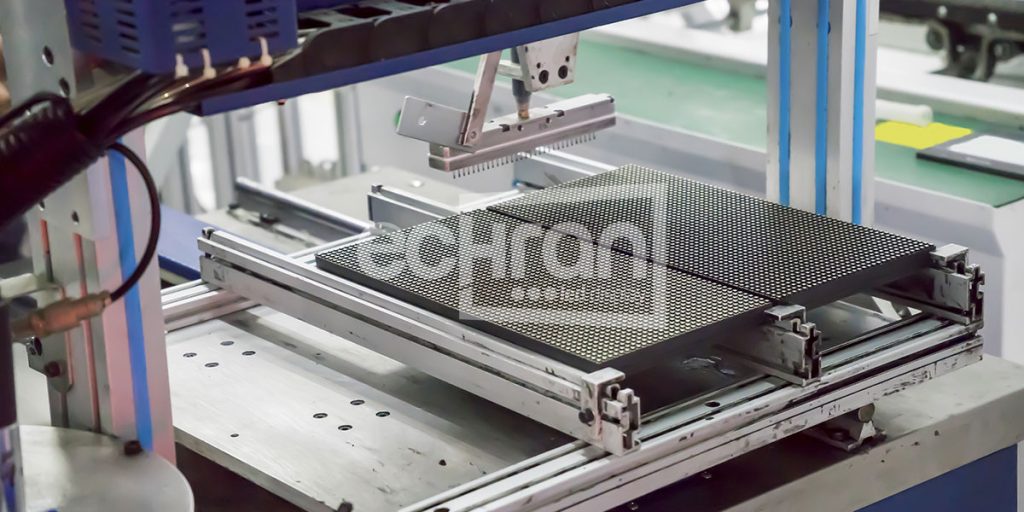
LED screen is an advertising medium, an electronic screen that uses semiconductor LEDs as a light source. LED stands for light emitting diode. The first LED screens were published in Japan and North America. These screens, which were initially used in stadiums and sports fields, later took their places on the city streets. The first true LED display (monochrome, for TV) was launched in 1977 by J.P. It is believed to have been developed and demonstrated by Mitchell. In the 21st century, organic light emitting diode (OLED) displays with very small dimensions have become widespread.
LED displays have a wide variety of information display capabilities. It allows display of dynamic advertising, beacon-graphic information, black-and-white and color videos, as well as display temperature, date and current time. The source of the video signal for the LED screen can be a VCR, TV set, computer. The LED screen can usually be controlled by a Windows computer.
Operating System of LED Displays
It includes the LED display operating in conjunction with the control unit, as well as a mounting frame for mounting the LED display modules. The module is a sealed, dustproof and waterproof case with light-emitting matrices mounted on its front surface and has the following; inside are a controller and a power supply, a power connector on the back panel, information connectors, indicators that show service information about the health of the module and its operating mode, as well as handles for moving and installing / removing the module.
Several LEDs form a display cell called pixel which is responsible for color reproduction and brightness in the design of the LED module. It is a basic point consisting of three primary colors (R-red, G-green, B-blue), on which a full color image is written with the help of a pixel. Pixels are combined into modules that make up the LED display.
LEDs on large screens match the pixels. Just like on a regular TV. Although every pixel is noticed when looked closely, at long distances these pixelsare not noticed and form a quality whole.
How to Use LED Displays?

LED screens allow you to broadcast around the clock, split into a specific length of ad blocks, set the video timing, the number of posts in the block, and the number of days of placement. On the basis of LED screens, video walls and media facades are created. Because several LED displays can be combined quite easily in a single information system.
LED screen panel is mainly used in outdoor and indoor advertisements, mass city events, exhibitions, fairs, concert halls, stadiums, train stations, airports, subways, office centers, stock exchanges, control rooms, etc. LED screens are indispensable when broadcasting images to large audiences.
LED Display Features
Since LED displays have a display area of 60-120 square meters or more, they can be viewed from a distance. Therefore, they are installed at the busiest intersections and transport arteries. It also allows you to get a high coverage. To provide long-term monitoring, LED displays are often placed in areas where pedestrians are congested and at low vehicle speeds.
The image on LED screens can be viewed from almost any angle. This increases the reach of the viewer. LED displays offer great opportunities for advertisers to create effective advertising. It can be text, graphic, static, dynamic, black and white, and color. At the same time, LED screens provide high resolution image quality.
Modern LED displays allow advertisements and informative text blocks to be displayed simultaneously (static text or scrolling line). This feature is used, for example, to present a product in a store at the same time, to indicate its location in the hall and to provide information about special offers. In addition, it should be mentioned that LED screens are of great importance in sports fields.
When using LED displays, there are no restrictions on the format of the information displayed. Type and size of font, brightness is selected, objects can overlap with a certain transparency. Thanks to the LED screens, the building can be transformed into a particular office, entertainment center, club, etc. By placing it inside, you can target the ad to a narrow target audience.
The surface of the LED screens does not glare. These types of displays have a brightness level that allows you to get a flawless quality image even when sunlight hits the front panel of the screen. This quality of LED displays is often used during screenings to large audiences. Texts, graphics, tables are clearly visible from the farthest points of the auditorium in any lighting.
LED Display Types

LED display screen is divided into two types. These are sets and matrices.
In cluster displays, each pixel contains three to several dozen LEDs. It is assembled in a separate light insulating enclosure filled with a sealing compound. Such clusters that make up the display’s information field are fixed to the front surface of the display with screws. Each cluster is connected to its respective control board via wires and connectors.
Matrix displays are more technological and are gradually replacing cluster screens. In matrix displays, clusters and control panel are combined as a single whole. The number of LEDs that make up a pixel can range from three to several dozen depending on the size and resolution of the screen.
LED screens can be both stationary and mobile, both outdoor and indoor. In this context, it is possible to mention that LED screens have various usage areas.
C LED modules for outdoor displays are often found in enclosures that provide protection against atmospheric precipitation and temperature extremes and are usually highly protected. For outdoor advertising, LED displays are usually large. Therefore, it is assembled from modules in steps of 22, 30 or 38 mm. Because the larger the size of the LED screen, the higher its resolution and the better the display of the LED screen. To benefit from our flawless LED screen technologies, you can visit our ledscreenpanels.com site or call +90 (212) 678 13 13 to get support from our experts.

